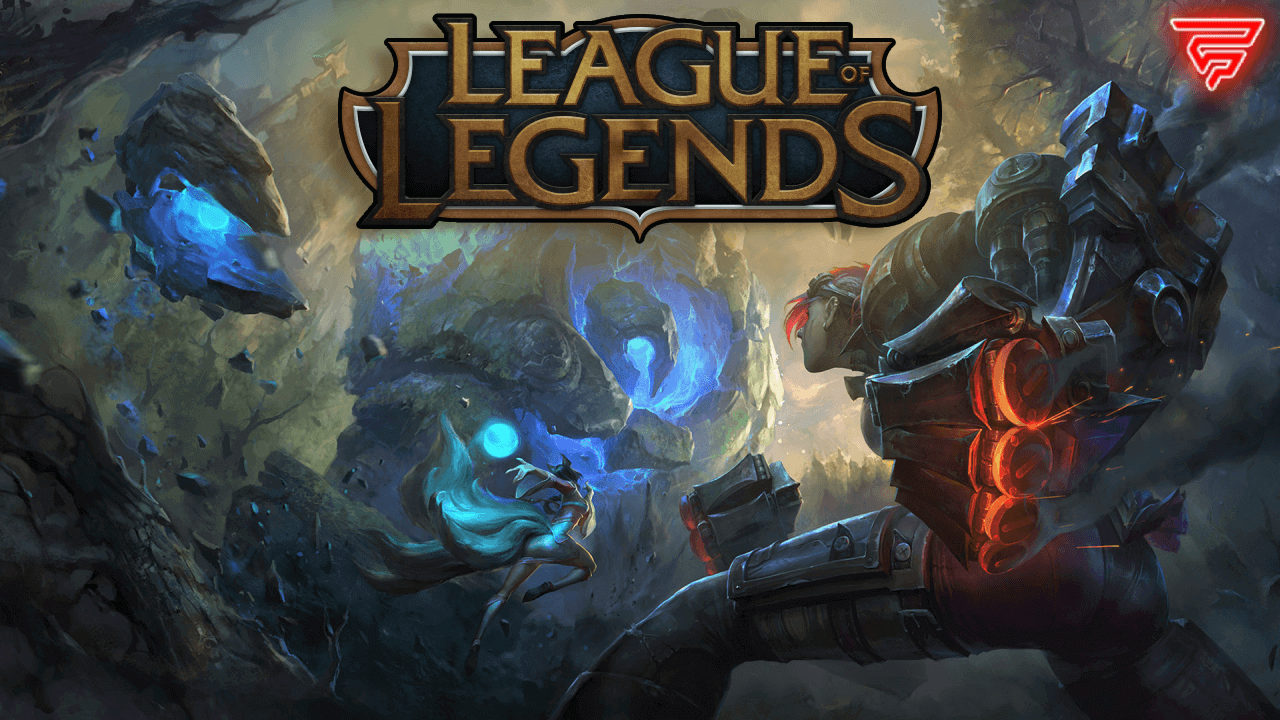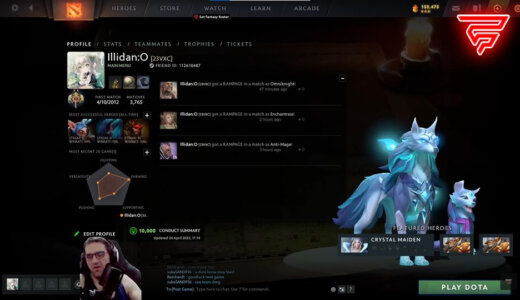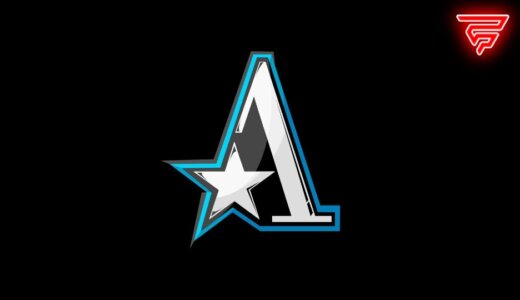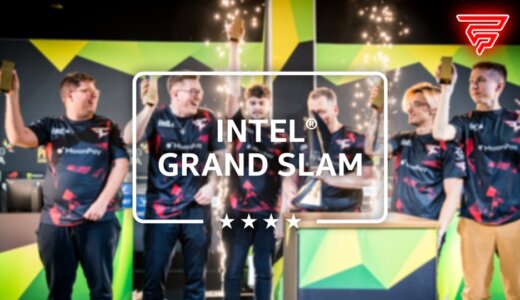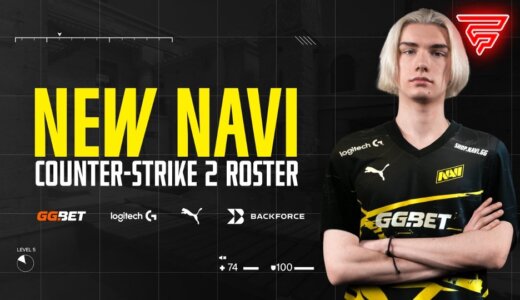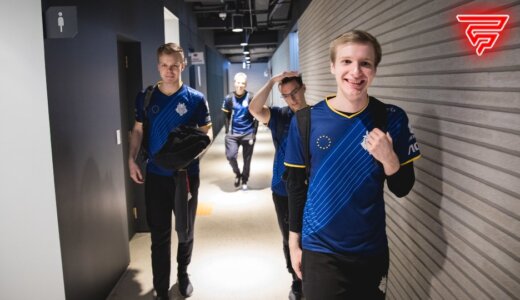While all of us enjoy League for different reasons, it’s safe to say that it still has room for improvement. Over the years Riot has received a lot of criticism, most of which is justified according to most players.
Being one of the most popular games in the world has its benefits but also sets high expectations. Thankfully, there are many teams in Riot that work on improving the League experience for all players. Today we take a look at the approach the Behavioral Systems Team takes in order to make League more enjoyable for us.
Updated League Client, Honor and Smurf Queue
When Riot announced that on patch 11.21 the all-chat feature would be removed in some regions as a test, it sparked a lot of controversy. Although most players would agree that toxicity and other negative behavior negatively affect the experience someone has while playing League, this seemed like an unnecessary measure.
While the most popular games of today are moving forward and adding voice chat, a feature high elo players have asked for a long time, League seemed to be taking a step back. The move was considered unnecessary for the simple fact that the option to turn off ally and all chat to prevent toxicity already exists in the game and is available to every player.
One thing this move made obvious was how serious Riot had taken the issue of negative behavior in their game. Although automated systems that detect and punish AFKs inters and toxicity exist, Riot feels like there’s still room for improvement.
They have already stated that they’re working on a new and better-centralized system that should cover the issues the existing client has, offer better voice communication options, better and faster detection of hate speech and griefing, and a better approach to issuing penalties. Apart from these areas, the new system will have an updated approach to matchmaking and the Honor feature will be revamped.
This feature has been underwhelming for a long time, and they’re looking to make it a more effective tool against toxicity early next year. So far in season 11 matchmaking has made huge improvements compared to season 10. Across the board, queue times are lower than before, players are getting their primary role more than 90% of the time, and in 99% of the games, teammates are within the same rank tier.
A lot of this is thanks to the new feature Riot introduced this year called Smurf Queue. This system has done a great job of detecting players that are way below their average level of play and putting them into separate queues with similar players. This has discouraged a lot of the smurfing habits that naturally bring a toxic environment to the game, but it still has room for improvement in terms of the experience for the players in it.
Extremely long queue times, incorrect placement of returning and new players in the system, and other issues have plagued the feature since its implementation, but improvements are coming.
Detecting negative behavior
One of the most disruptive behaviors players constantly face but have very little control of is intentional feeding and AFKs. These two kinds of behavior often make a game feel unwinnable from both a statistic and a demoralizing aspect. That’s why Riot has implemented new measures and punishments for this kind of behavior.
Their main goal is to reduce the frequency of these kinds of behaviors and reduce the short-term damage done by the behavior. To achieve this, they have added additional tiers to their penalty system regarding these violations and also a new format to shield players from regular offenders entering their queues.
An example of this is the Reporting Confidence score. Riot explains this as an index number for each account on which it determines if the reports the account is submitting are genuine or false. It’s the difference between efficiently recognizing disruptive behavior and wasting time watching replays from players who spam the report button.
This feature has shown great results in detecting behavior like jungle griefing, intentionally feeding, and other methods of intentionally trying to lose the game. Most of these are unlikely to be recognized by the already existing automated systems, so this approach offers a great solution.
Punishing AFK players
As for AFKs so far the only way to punish them was through Queue Delays. Those delays are a timer that the negative player must wait before entering a game after showing AFKing tendencies. The goal for these delays is to discourage these kinds of behaviors and give AFKers a taste of their own medicine.
How it feels to have their time wasted waiting for a timer, just like they did to their teammates when they left the game. And for most players, this approach works, but for 9% of all players worldwide who have entered this system, these delays don’t seem to be an issue. These are players who constantly exhibit AFK behavior and are not deterred by punishments. That’s why Riot introduced a new penalty called Queue Lockouts.
These lockouts are like mega delays that players will experience after reaching the maximum queue delay. But unlike delays, they can’t even start a game to wait for the timer. They’re actually removed from the player base for a certain amount of time. And after the lockout is done they return to the maximum queue delay again.
An issue Riot faces with this system is when a player reaches a very high penalty tier, it’s very hard for them to lower it and get smaller penalties even though they show good behavior. This is a problem that Riot needs to take care of moving forward, but they have already begun tackling other issues.
So far the implementation of the confirmation message with a timer that is shown when someone tries to leave a game that is not finished has greatly improved the detection system. This helps players that are having genuine connectivity issues not be put in the same boat and undergo the same consequences as negative players. As for those stuck in the game when their teammate leaves Riot has implemented LP loss mitigation as a tool to encourage them to play out the game even though it might be a waste of time.
Dodging in League
To most players dodging might not be an issue, but in higher elo’s this presents a serious issue. This is annoying for everyone but should exist as an option to help combat and avoid other kinds of negative behavior. Statistics show that dodging results in more mismatched games as well as longer queue times.
But the most problematic statistic is that 33% of champion selects in Diamond I+ end in a dodge. And this is where the majority of the 1,6% of the player base who dodge more than 3 times a day resides. To discourage this kind of behavior, Riot implemented Queue Lockouts here as well for both Ranked and Aram Queues.
